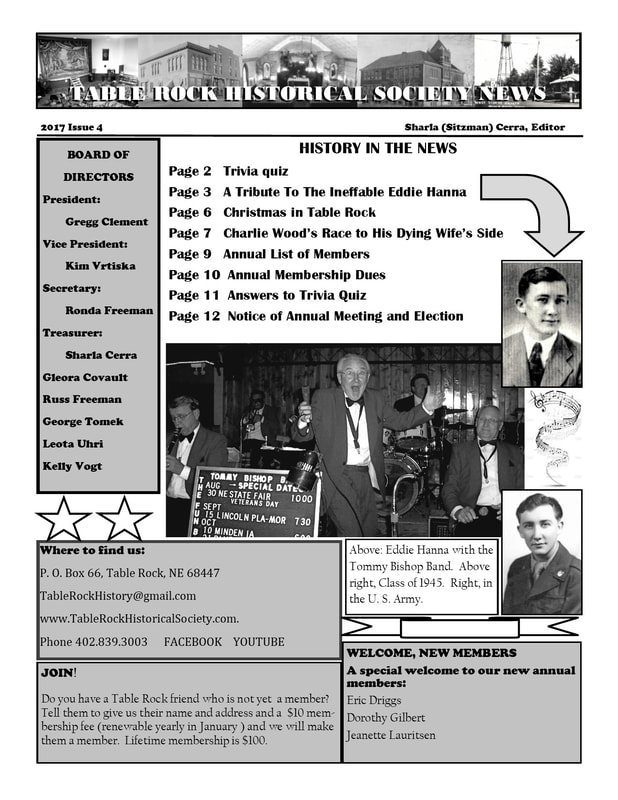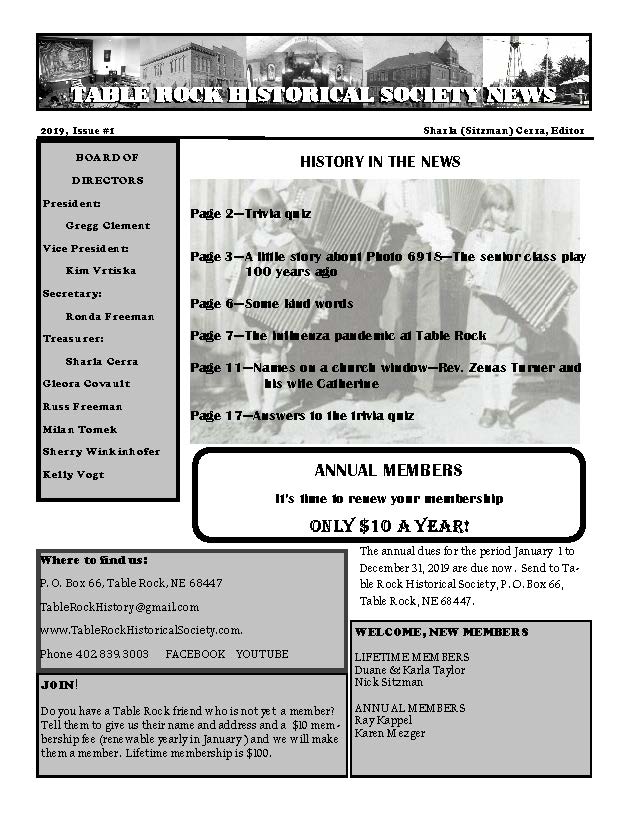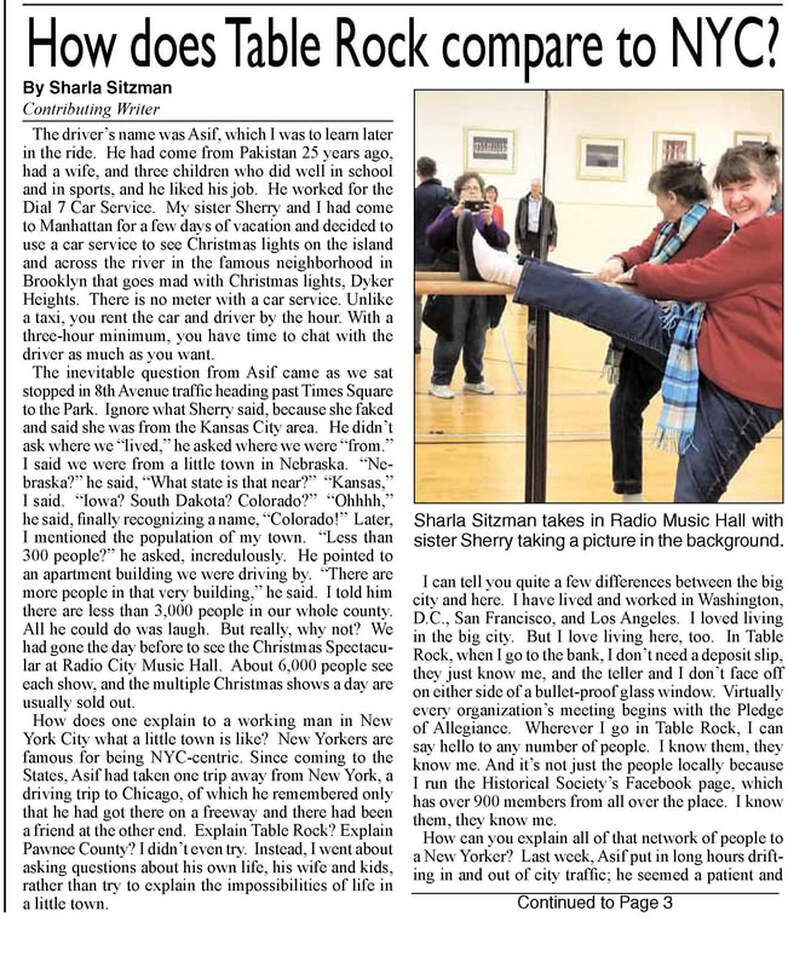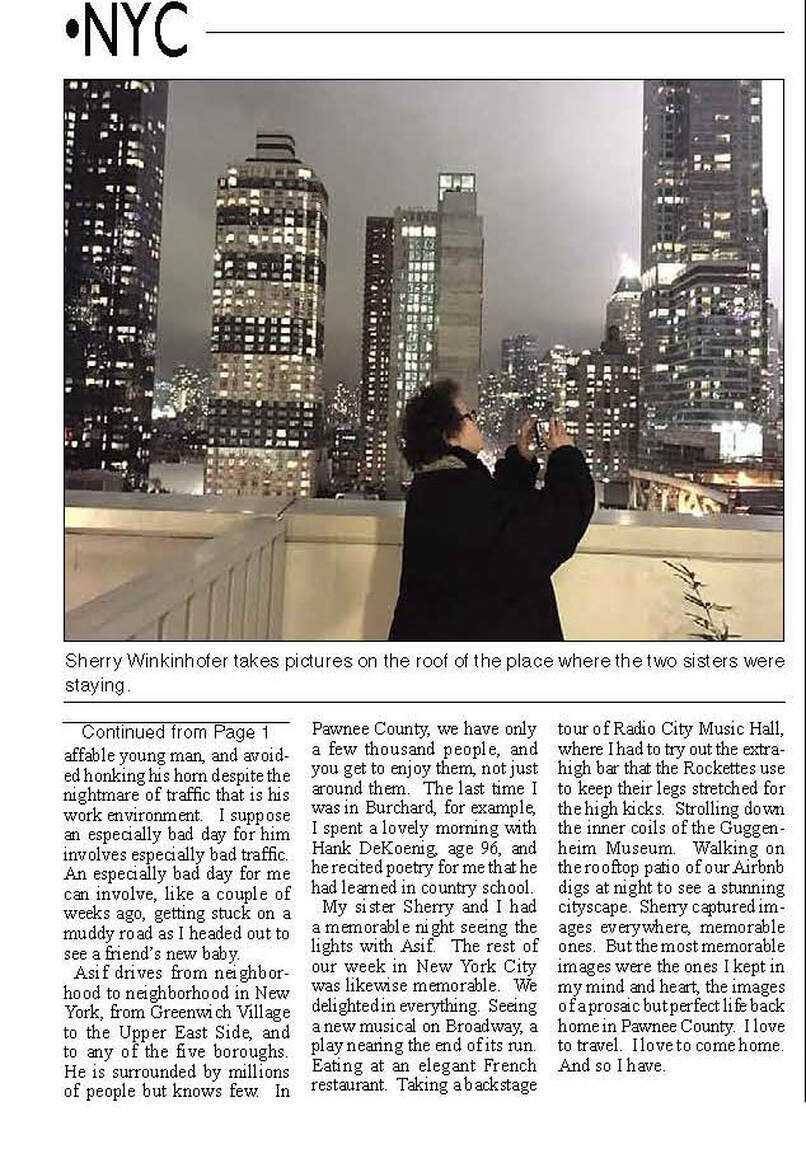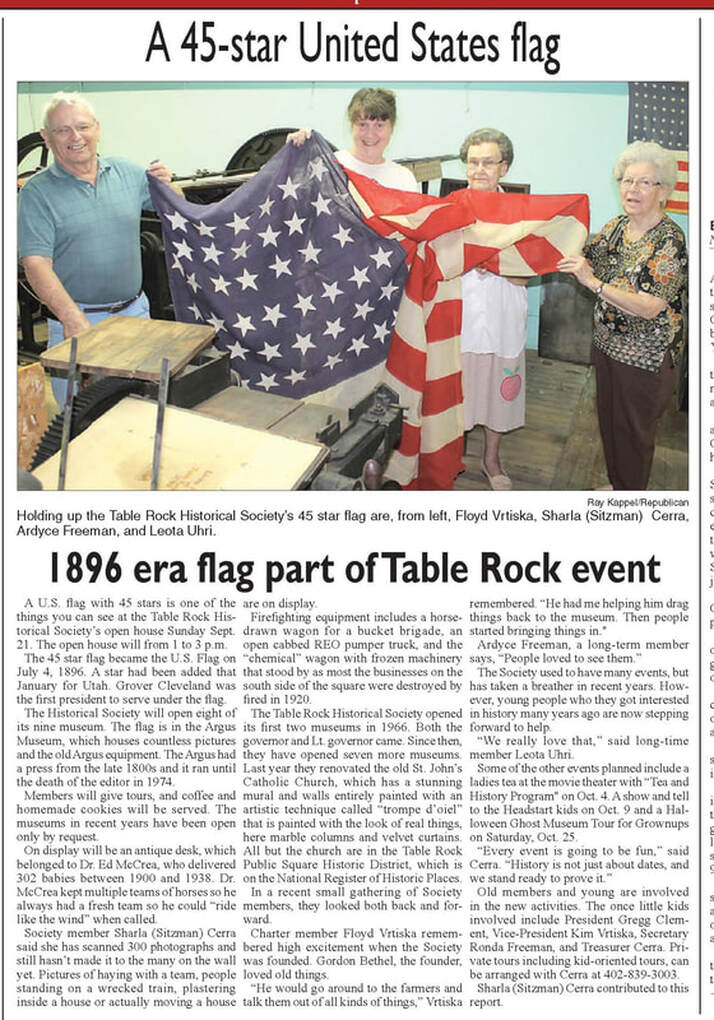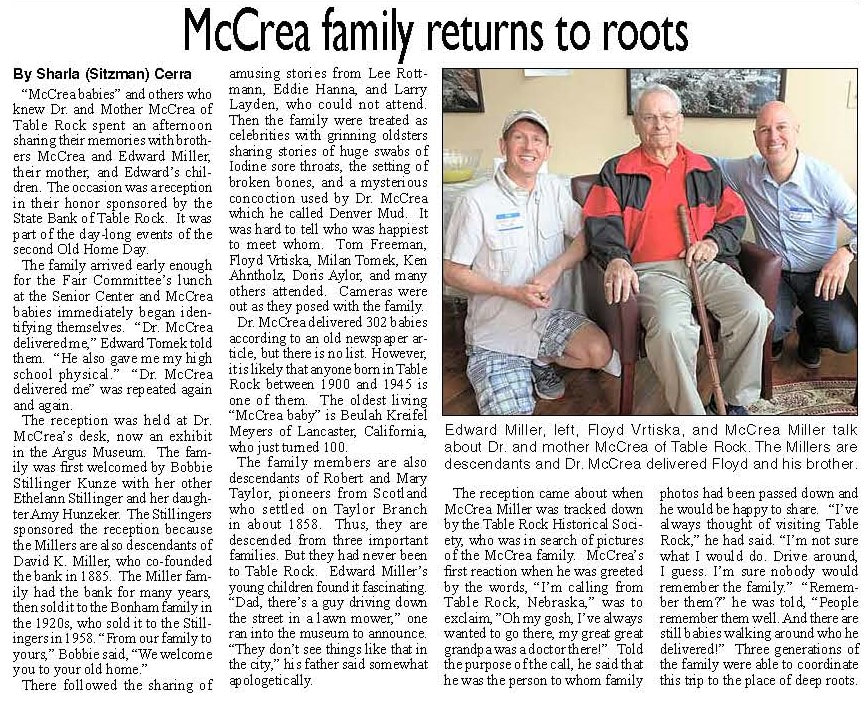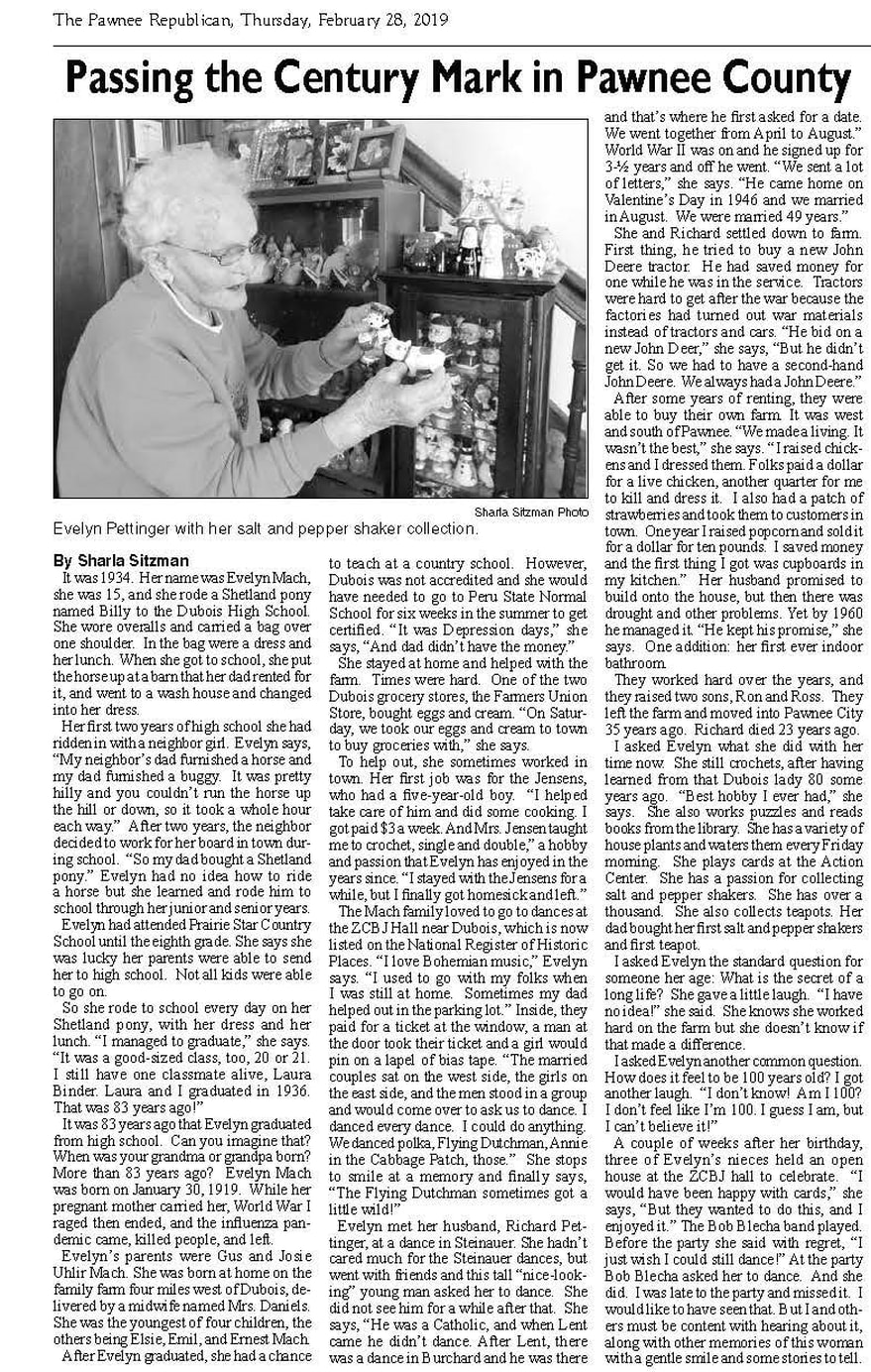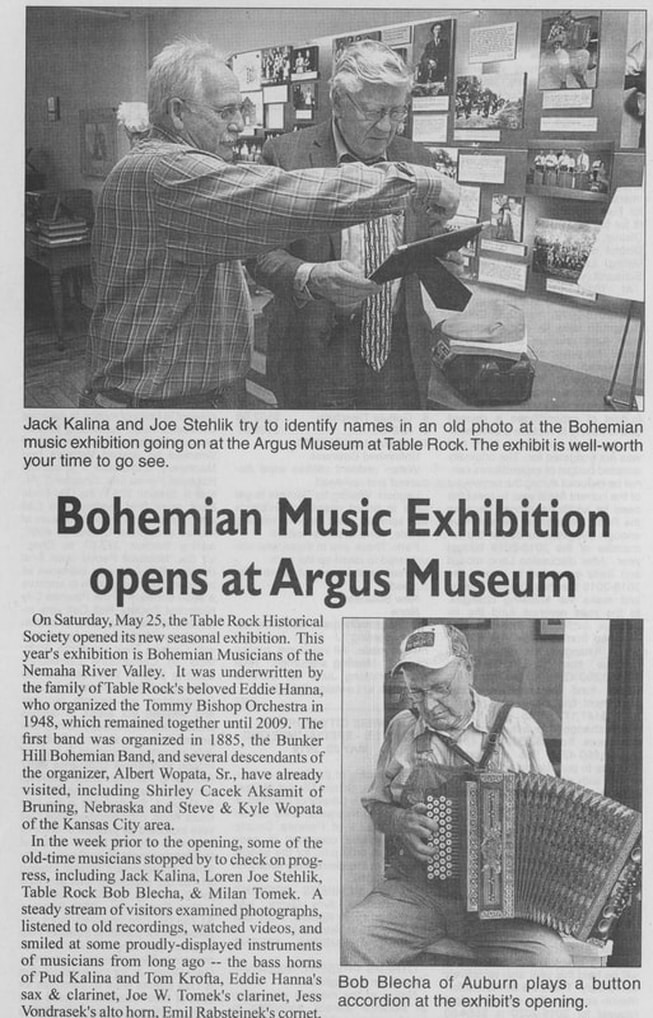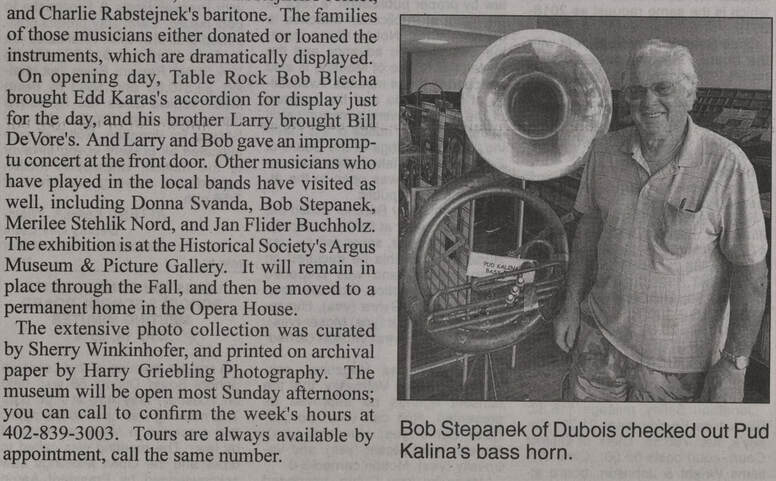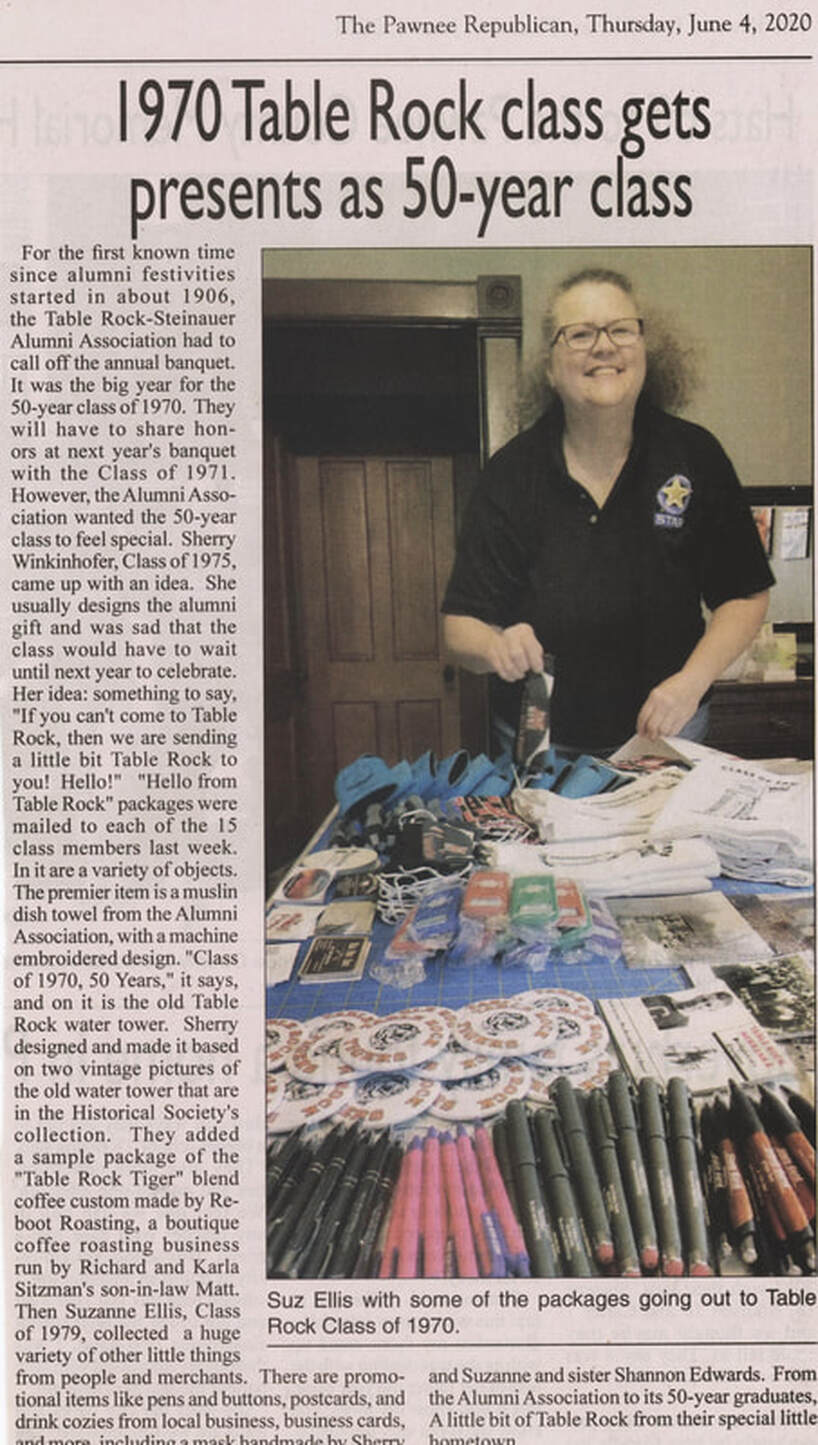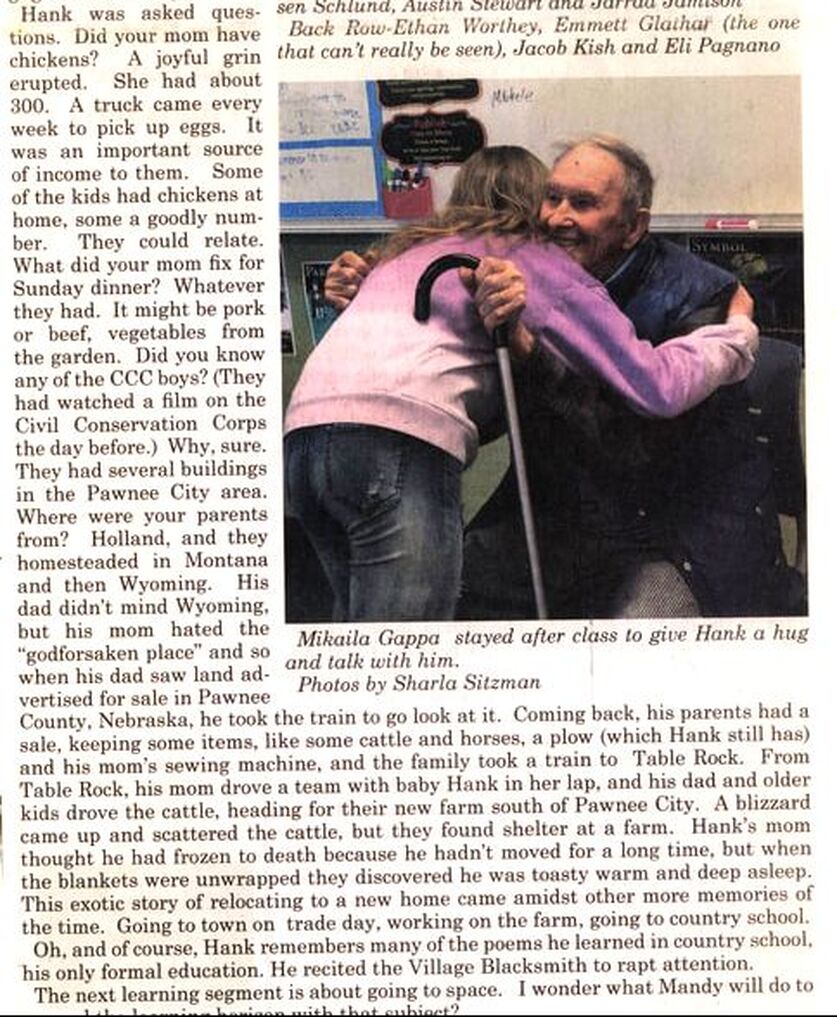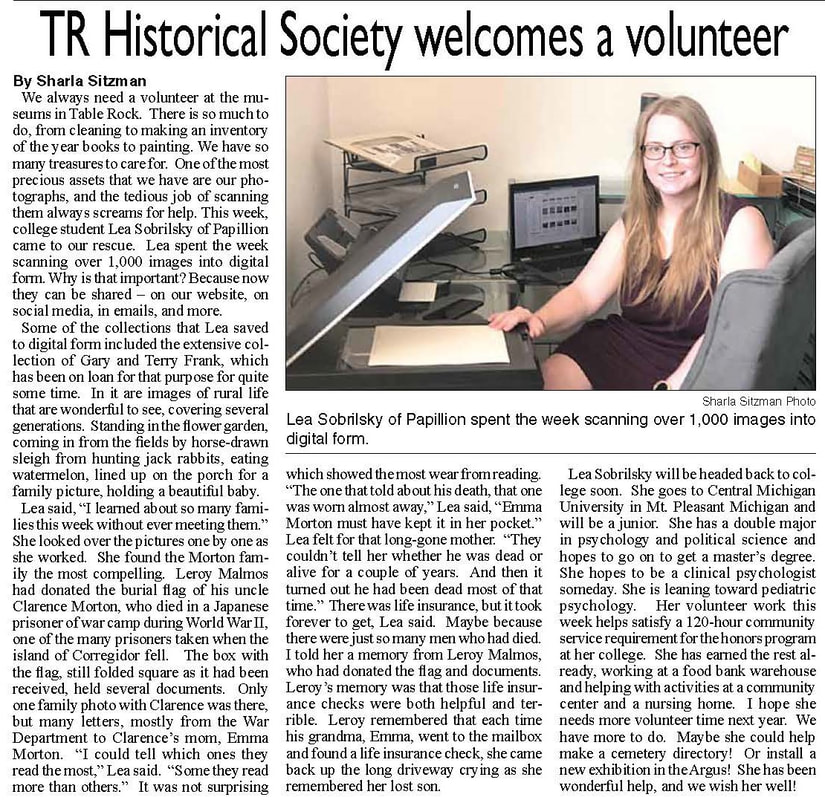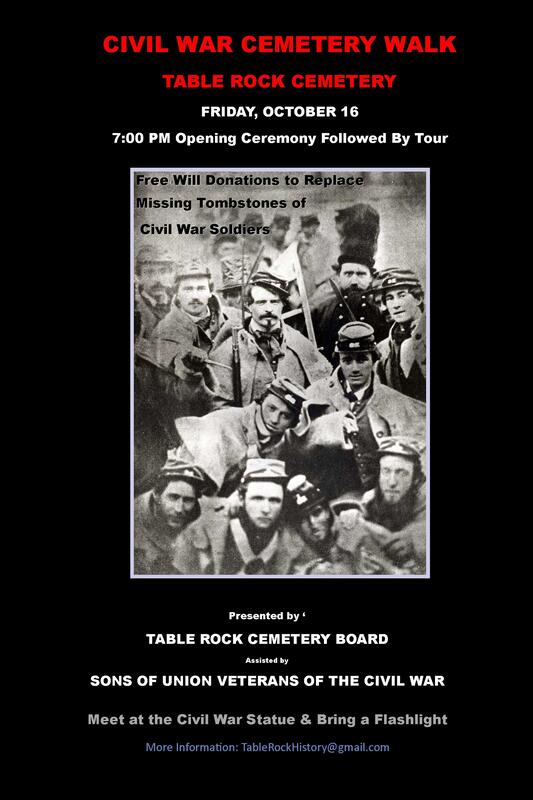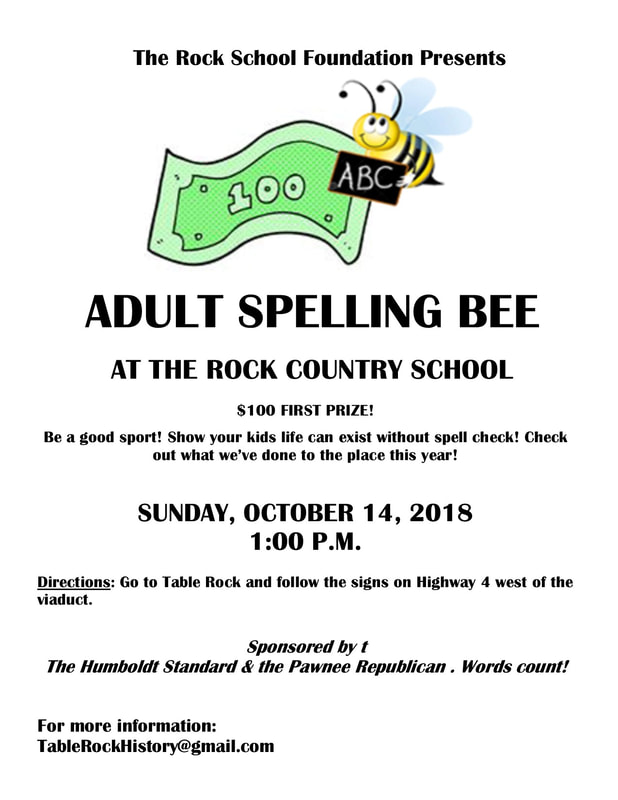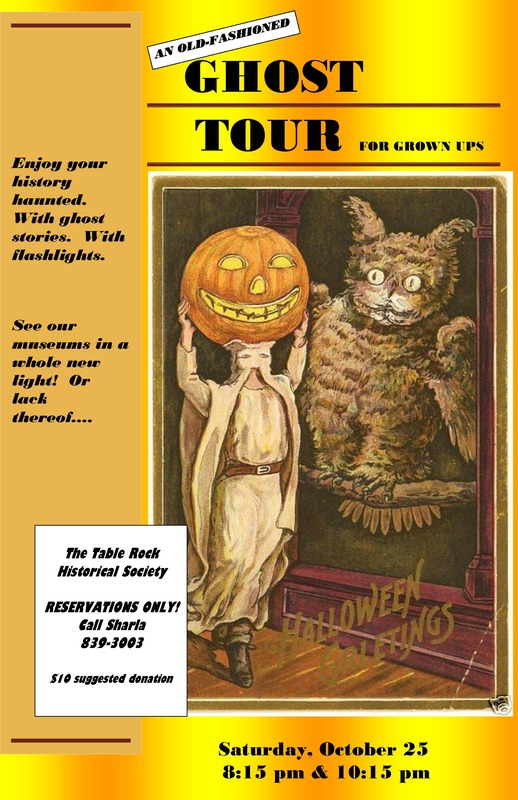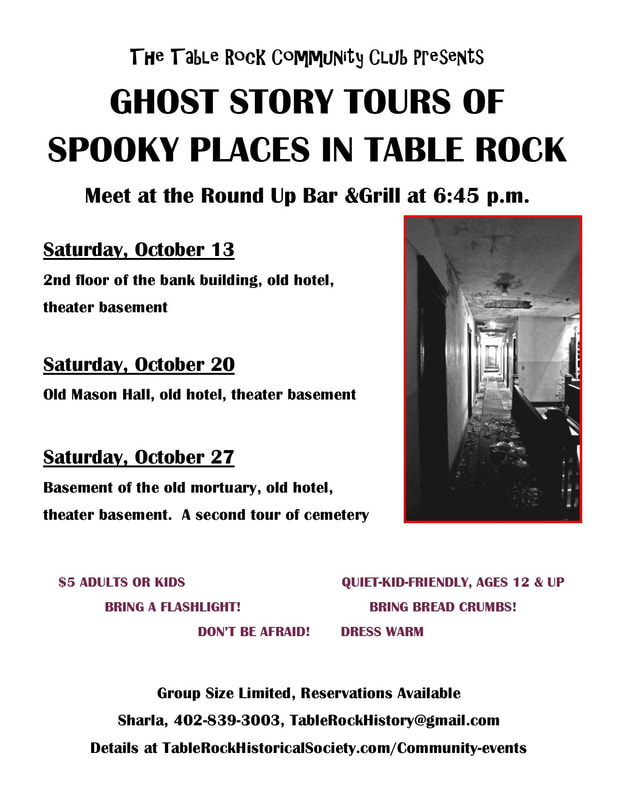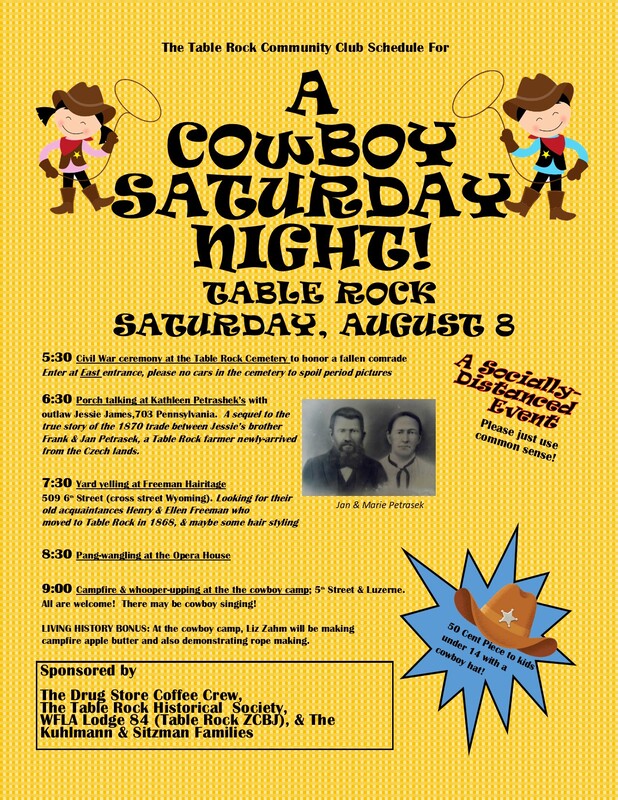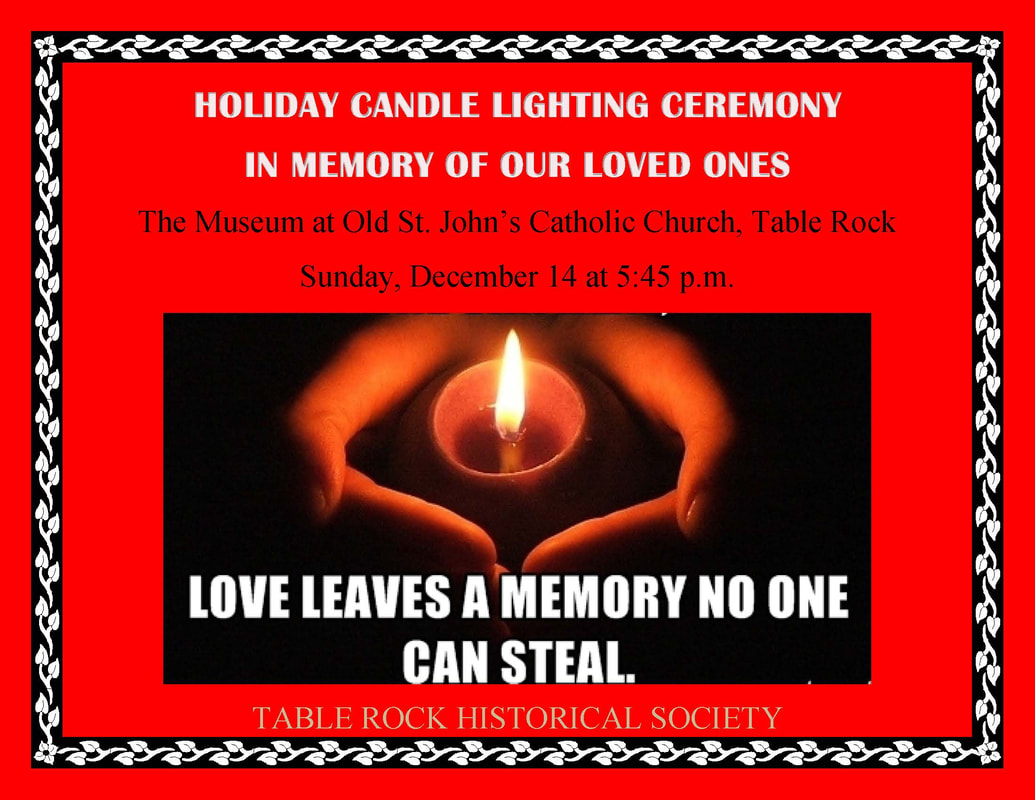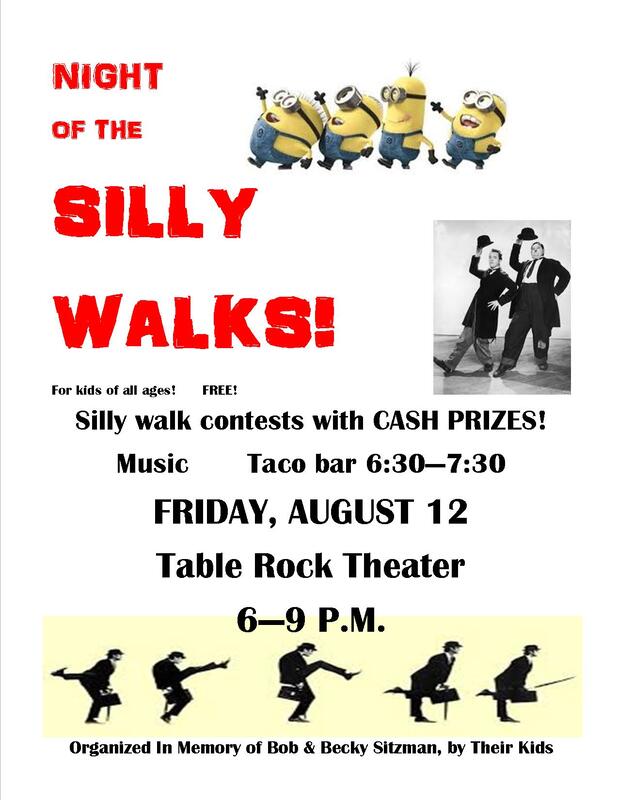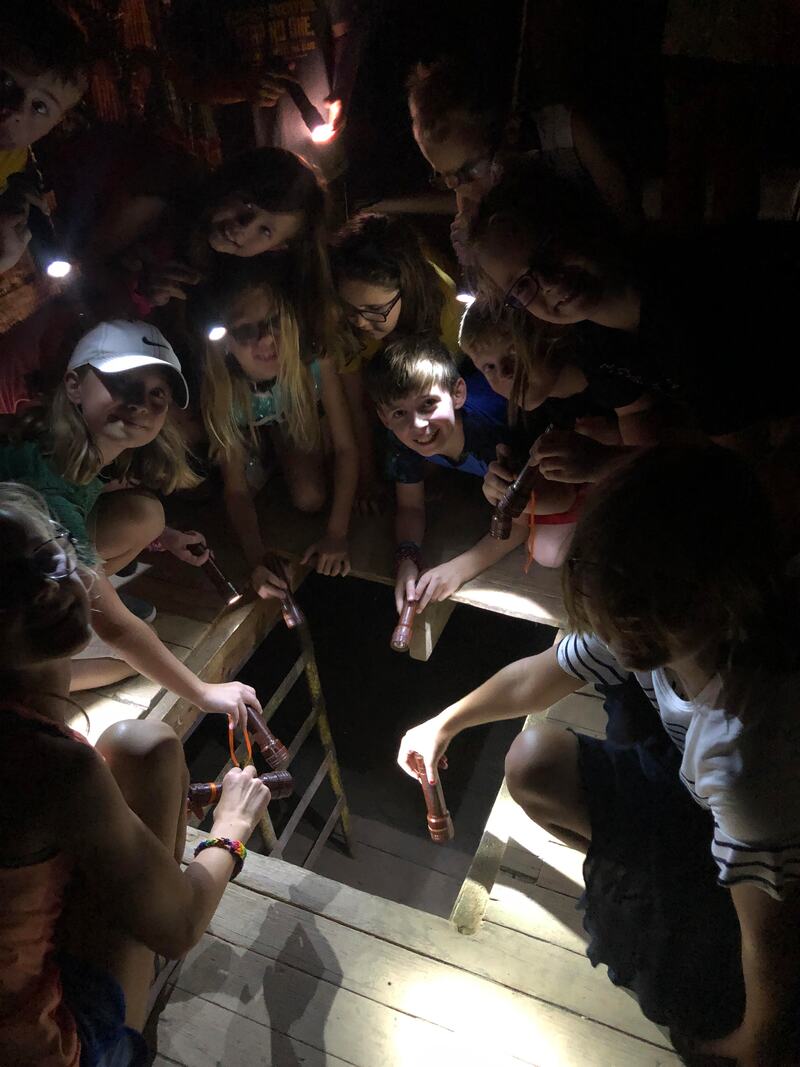application for
COMING HOME: NEBRASKA
MY STORY
BY sHARLA SITZMAN
Hello from Table Rock, Nebraska!
When I was born in rural Syracuse in 1954, my dad was a farm hand from Peru whose first outside job had been assembling farm equipment ordered from Sears Roebuck.
Mom had taught at Twin Oaks Country School north of Elk Creek for a couple of years. It was near her family farm. The farmer there? Her mom. Grandpa had been in the State Hospital since she was 2 years old. He had built the ferry “Spirit of Brownville,” which operated on the Missouri River at Brownville. After years of trauma as the river bridge was planned, her dad had a mental break down from which he was never to recover. Grandma and their partner Fritz Leseberg continued the ferry, she running it days and he nights. When the bridge was finished, and the ferry taken by eminent domain, Grandma used the pay off money to buy a car so she could go see Grandpa more often, and she bought that farm. Grandchildren helped at harvest.
I grew up in Southeast Nebraska, moving from town to town until we landed in Table Rock in 1959. After high school, I spent 40 years living & working in the big city – Kansas City, then Washington, D. C., and finally Los Angeles.
Seven years ago, I pulled up in the driveway of my old Table Rock home on the snowy Christmas Eve of 2013. The house was empty. Mom had died several years before, Dad that last summer. I had lived with Dad in his last months, and now had returned for good. I was home again.
“Why?” was the general reaction in Table Rock. “It’s so boring here. Nothing ever happens.” I told them they were wrong.
I’ve always loved history, and that was where I started. The Table Rock Historical Society began when I was 11, and I had loved going through the museums with Gordon Bethel, the founder. “What do you think this is?” Gordon would ask, and made you guess. “What is it?” I had often visited during my years living away, but my time was spent with my family. It was nice to see old school friends, but the greater pleasure was getting to know people with whom I had only been acquainted with and the museums were my touchstones. Mrs. Petrashek was now Kathleen, Mrs. Findlay now Alice, Mr. and Mrs. Sochor now Joe and Dolores. Now I could talk to people like Floyd Vrtiska, the most recent tour guide, and other charter members, like Joe and Dolores Sochor, who had been “those grown ups” became dear friends.ials
The older people who had kept things going were getting too old to keep things up. My sister Sandy and I went to clean the Argus Museum where dust lay thick and discovered old pictures stapled to the wall for display. We started scanning them. I started asking people about them, and asking for more and getting more. The State Bank of Table Rock gave me office space in a little room at the drugstore, where “the” coffee crowd gathered. I was the fly on the wall.
So that’s how it started. I have been busy. Boredom? Why?
I just love Table Rock – and Pawnee County, too. I have been gathering the story of our town for the years since, and sharing what I learn. People tell me things. I pass it on. People give me pictures, or share digital copies, and I post them. How an where? I hardly know where to start. You will have to let me stop “telling” you about the stories, and just let you read them.
Sharla
SOCIAL MEDIA: FACEBOOK
Our little town of less than 300 has over 1,000 members of the Historical Society group page. Prolific posts keep people up on current events, past events, and memorable aspects of our community. Yesterday I got some help cleaning up at our old Opera House, which is a museum. We moved scenery about & found signatures on the back of it. “Lyle Wilcox 1946.” I posted it. Lyle’s widow and his children were thrilled! We polished up an old organ and discovered in a hidey-hole within a trove of treasures left by Olga Rabstejnek Sochor, whose organ it had been – letters in Czech, a clipping of the award winning 1929 school band, a 1943 postcard from Hawaii from Anthony Nedved, a young man on his way to his death in the Phillipines in the jungle fighting on Luzon. These became posts, as did a cute little table with the name Art Vrtiska on the bottom, which a delighted son-in-law then said Art had made in high school from spools from an overall factory. Art died in 2004 at the age of 91. There were also pictures of before and after of our beautiful stage. There were also – well, just take a look at some examples:
WEBSITE
Much goes onto our website, too. On the splash page you will find pictures of people in Table Rock, not just the museums. Those are mostly my photos, unless credited otherwise. I think it reflects the spirit of Table Rock. Throughout the website are photographs. Many are from our museum’s extensive collection, and many more are digital copies gathered in by people who wanted to join the story telling.
The website started in 2014 and continues to grow. One page collects some of the cooler stories:
There are plenty more, like these:
YOUTUBE
There are two channels, my personal one & one for the Historical Society. There are Christmas videos of people around town, videos of events, and even more of the museums. Many of the videos are not widely watched, but some have special attention. A video of the last log being sawed at the Table Rock Sawmill has almost half a millino views. A video interview of Ardyce Freeman, a beloved kindergarten teacher, long retired, has been often watched, Ardyce was in hospice and knew she had little time left. I also did “Merry Christmas from Table Rock” videos at the end of my first year here, and you can see how nice people are. These are just some samples.
|
|
|
|
|
|
|
|
|
|
|
|
|
|
|
|
|
|
historical society newsletter
The newsletters are like small occasional newspapers. They come out 4 times a year. 2020 sees the 6th year. These are my babies and in them I like to write about people we have known and what their lives were like.
Each issue has a substantial “research” article about a local topic. “NOT the Table Rock,” for example, featured the true history of the rock for which the town was named. “The Ineffable Eddie Hanna” was a tribute to a small boy in a poor Bohemian family and what he made of his long life. “Our Hugh Dehart” tells the story of a soldier who died in World War I, and “A Forgotten Soldier” tells the story of a soldier who died after World War I, “as surely as if he had died in combat” according to local papers – a victim of PTSD and suicide. Another of my favorite stories was about our larger-than-life Charlie McCourtney, mover of houses, churches, and barns. It is only the first part, about his childhood and first marriage but oh my! His father died when he was a boy, his mother remarried, and then she died. His step father left Charlie & brother at the cemetery after burying the mother, telling them that they were on their own, and good luck. After Charlie’s first wife died, leaving him with four daughters, he went to trusted neighbors with a milk cow and calves and asked (successfully) that they take care of one of his beloved daughters until he could care for them again. “Take this milk cow, and the calves. They are yours, if you will care for my daughter for a while.”
Here are two samples issues, one from 2017 & the other from 2019. Click the image to look at the issue:
Each issue has a substantial “research” article about a local topic. “NOT the Table Rock,” for example, featured the true history of the rock for which the town was named. “The Ineffable Eddie Hanna” was a tribute to a small boy in a poor Bohemian family and what he made of his long life. “Our Hugh Dehart” tells the story of a soldier who died in World War I, and “A Forgotten Soldier” tells the story of a soldier who died after World War I, “as surely as if he had died in combat” according to local papers – a victim of PTSD and suicide. Another of my favorite stories was about our larger-than-life Charlie McCourtney, mover of houses, churches, and barns. It is only the first part, about his childhood and first marriage but oh my! His father died when he was a boy, his mother remarried, and then she died. His step father left Charlie & brother at the cemetery after burying the mother, telling them that they were on their own, and good luck. After Charlie’s first wife died, leaving him with four daughters, he went to trusted neighbors with a milk cow and calves and asked (successfully) that they take care of one of his beloved daughters until he could care for them again. “Take this milk cow, and the calves. They are yours, if you will care for my daughter for a while.”
Here are two samples issues, one from 2017 & the other from 2019. Click the image to look at the issue:
|
| ||||||||||||
Here are a FEW of the stories from other issues:
NEWSPAPER STORIES FOR LOCAL COUNTRY WEEKLIES
The Pawnee Republican and Humboldt Standard newspapers, country weeklies in the towns to either side of us, carry the stories I have time to write, anywhere from the story of the disastrous fire of 1920 that wiped out much of Table Rock’s Commercial District to stories about our special sugar maple trees to a story about a fancy afternoon tea. It’s all about small town life, now and then.
events as a canvas
Taking to hear the early claims that “it’s boring here,” we have had some interesting events. Tours of the museums by flashlight. A Civil War Cemetery Walk by Lantern Light, featuring the stories of many of our 60 Civil War veterans. A telling of the epic story of the hanging of the horse thieves here at Christmas 1864, in the cemetery at midnight. Ghost stories in the basement of the old hotel. As you can tell, I love doing things in the dark. It adds fun to history. And it’s just fun – this year we did a COVID adapted annual fair, honed down to a concert by a country rock band that was coupled with a performance by performers who juggled with fire and LED lights, bringing out many family groups who spread out in our Square under the trees. We also had a Cowboy Saturday Night, with reenactors traveling around town on a trailer pulled by an antique tractor, having little "happenings."
other
Of course, I try to entice Jon Vanderford to come to Table Rock once in a while! I usually can give someone else the satisfaction of an interview, but I've been "it" a few times.
ORIGINAL TALL TALES
Some or short, some are long. Here's a short one:
SLIM ROSENWINKEL'S WIFE
Shooting star season is in August, as you well know.
Shooting star fell down in Slim Rosenwinkel's north 40. He took it home and his wife put it on a ribbon to wear around her neck. She wore it to church on Sundays for four or five weeks before it finally expired.
She nagged him every August after that to find her another, rode him ragged, driving all over the country all night long. After shooting star season ended, he barely had time to get rested up for corn harvest.
Never did find another.
Shooting star season is in August, as you well know.
Shooting star fell down in Slim Rosenwinkel's north 40. He took it home and his wife put it on a ribbon to wear around her neck. She wore it to church on Sundays for four or five weeks before it finally expired.
She nagged him every August after that to find her another, rode him ragged, driving all over the country all night long. After shooting star season ended, he barely had time to get rested up for corn harvest.
Never did find another.
Here's a longer one:
THE NIGHT THE COWS CAME HOME TO ROOST
I remember the night the cows came home to roost.
Tornado hit Anton Tenk's place. Then it flopped off, leaving the chicken coop sitting inside the foundation of the barn and the barn where the chicken coop had been.
When the cows came home, they didn't hesitate, headed right into the chicken coop.
Not the smartest critters around. You know what critters of habit they are.
They tried to get comfortable, roosting in nests and up in the rafters.
The hens, who'd been home all day, saw the cows come in, and thought the cows had come to take over.
Only the hens, though: the rooster was nowhere to be found since shortly before the tornado=s visit.
The hens clustered in one corner, hatching some sort of plot to strike back. Anton got home about that time and came sprinting to the chicken coop. No telling what might've happened next if he hadn't broken up the hen huddle.
Anton made the cows go to the barn, which was no easy thing because the cows had a good sense of where they belonged: right over that patch of ground currently occupied by the hen house. Even after he had quelled the uprising of the hens and deported the cows to the barn's new location, Anton had quite a mess on his hands for a while, cow patties in the chicken coop and all.
The only good part was that the cows gave egg nog for a few days.
On the other hand, the rooster -- Anton found him -- was so traumatized that Anton had to hire him a bodyguard for a few weeks until he could get back into being himself. The tornado had stuffed him into a one-gallon-sized Atlas canning jar, just his head sticking out. The rooster was sputtering mad because he couldn't get the breath up to crow.
The jar was inside out, threads on the inside, the words ATLAS backwards and inside out. The jar was no use thataway, so they broke the jar and got the rooster out and it commenced to draw up his chest to crow but he was weakened by the time in the jar and for several hours sounded like a Model T horn with a mouse nest in it.
Anton's wife had argued for canning the rooster where he sat, feathers and all, and getting a new one. That rooster was no friend of hers, flying into the back of her legs, spurs out front, when she hung up clothes and no idea the rooster was anywhere about. But the rooster got to live.
After that, though, Anton's wife figured out as how she could keep it away from the clothesline area, though, by setting a couple of canning jars about. Ball, Atlas, Kerr, didn't seem to matter what brand, they all worked about as well. But she only used jars with chips or cracks that were no good for canning. Good canning jars turned inside out, should another tornado show up, was something to be avoided.
I remember the night the cows came home to roost.
Tornado hit Anton Tenk's place. Then it flopped off, leaving the chicken coop sitting inside the foundation of the barn and the barn where the chicken coop had been.
When the cows came home, they didn't hesitate, headed right into the chicken coop.
Not the smartest critters around. You know what critters of habit they are.
They tried to get comfortable, roosting in nests and up in the rafters.
The hens, who'd been home all day, saw the cows come in, and thought the cows had come to take over.
Only the hens, though: the rooster was nowhere to be found since shortly before the tornado=s visit.
The hens clustered in one corner, hatching some sort of plot to strike back. Anton got home about that time and came sprinting to the chicken coop. No telling what might've happened next if he hadn't broken up the hen huddle.
Anton made the cows go to the barn, which was no easy thing because the cows had a good sense of where they belonged: right over that patch of ground currently occupied by the hen house. Even after he had quelled the uprising of the hens and deported the cows to the barn's new location, Anton had quite a mess on his hands for a while, cow patties in the chicken coop and all.
The only good part was that the cows gave egg nog for a few days.
On the other hand, the rooster -- Anton found him -- was so traumatized that Anton had to hire him a bodyguard for a few weeks until he could get back into being himself. The tornado had stuffed him into a one-gallon-sized Atlas canning jar, just his head sticking out. The rooster was sputtering mad because he couldn't get the breath up to crow.
The jar was inside out, threads on the inside, the words ATLAS backwards and inside out. The jar was no use thataway, so they broke the jar and got the rooster out and it commenced to draw up his chest to crow but he was weakened by the time in the jar and for several hours sounded like a Model T horn with a mouse nest in it.
Anton's wife had argued for canning the rooster where he sat, feathers and all, and getting a new one. That rooster was no friend of hers, flying into the back of her legs, spurs out front, when she hung up clothes and no idea the rooster was anywhere about. But the rooster got to live.
After that, though, Anton's wife figured out as how she could keep it away from the clothesline area, though, by setting a couple of canning jars about. Ball, Atlas, Kerr, didn't seem to matter what brand, they all worked about as well. But she only used jars with chips or cracks that were no good for canning. Good canning jars turned inside out, should another tornado show up, was something to be avoided.
RURAL SHORT STORIES
|
I haven't written anything in this line recently, but have hopes to have a "word theater" program out of some of them one of these days.
Here's one that people seem to like. It's about the (successful) efforts of a hog farmer's out-of-town wife to fit in despite a snooty social leader. It's long. Here's the opening, which is all about home. I write most of this on a trip to Italy as I sat in little cafes in Florence and Venice scribbling on a legal pad. |
| ||||||
Zelda Blue! She come to me on the Greyhound bus.
I knowed her the minute she squeezed out the door, backward and butt first, yanking three shopping bags and a feather pillow after her.
She knowed me, too. "Hank," she bellered out when she turned and seen me. That's what she calls me, Hank.
"Yep," I said. "It's me, honeybunch."
She dropped the shopping bags and the pillow right there and wrestled me into one humongous hug. She was all fat and jiggly and soft, and strong as a mamma sow. Smelled good, too. A real woman, I mean to tell ya. Sooo-eee!
I mean to tell ya, I was tickled pink.
She let loose of me, finally, and shoved me back to arms length to take another look. "Let's go see them hogs of yours," she said then.
"Ain't we gonna get hitched first?" I said.
"Why, Hank," she said, "I plumb forgot! Lead me to the preacher!" And she spun me about till she had me hard by the arm, so's we could step out smart, together.
I'm a hog farmer. Zelda, she was a cake baker out East. We was pen pals for three years, so it weren't like we didn't know each other fine afore she popped out of the Greyhound and into Wander Creek here.
We met because Zelda, she put this ad in the Omaha World Herald. She said she put it in the Lincoln Star, too, but I only get the Omaha World Herald, on Sundays, so I didn't see the ad that was in the Lincoln Star. But she says they was the same ad. She'd been out East a long time after coming from the old country, went there with her folks as a kid. But she had her heart set on getting back to farm life. She come from a farm over there. "Wholesome woman seeks farmer with big spread and tractor. Send picture of tractor," her ad said.
Well, I gotta lot of hogs, but not exactly a lot of land, just the north forty, the south forty and a ten.
And I ain't got a tractor that's fit to put in a picture.
But I got Will Wenzl from town to take a picture of me all by my lonesome, wearing my best over-halls and a big smile. On the back of the picture I wrote, "Henry (Hank) Blue, Hog Farmer with Heck of a Big Spread. Partly because ate tractor."
I hoped that might satisfy the requirements of the ad. I had a Big Spread, no kidding, right across the middle. Last time I got on the truck scale over at the grain elevator, I weighed in at close to 350.
I guess Zelda was satisfied, because a week later, here come a letter, with a picture of her as well. She was wearin' a orange dress, which looked darn sharp with her hair, which was pink or red and which stuck out real big.
I wrote back, and she wrote back, and three years later, here she come on the Greyhound bus....
thanks for considering my application, & please come visit!
Come visit Table Rock sometime! We were founded in 1855 as a mill site on the Nemaha River and are one of the oldest towns in the state. Burials in the Table Rock cemetery began by 1857 and it is a place of stories. This year, the National Park Service added the cemetery as an Underground Railroad Network to Freedom site. Our downtown is on the National Register of Historic Places, as is our old Opera House, and a large pre-historic archeology site. We have been a railroad town since 1871 – that’ right, the sesquicentennial is coming up, and how will we celebrate it? Why, by opening another museum – dedicated to our trains! We are blessed with relatively new neighbors, the Amish community that is spread between Pawnee City and Table Rock, but we are also home to people whose families came here as early as 1856.
We are now a community of fewer than 300 people in a county with fewer than 3,000. We’re a little bitty town in the middle of a little bitty pond with a whole lot of history, and so many stories. There was the time that the Johnson boy went up against Jimmie O'Day's Wrestling Bear, and the time that Charlie McCourtney built a bridge just to move a house across the Nemaha, and the time that Snappy Kent brought a truck load of watermelons for the school kids to eat all they could, and the time that the town marshal leaned out the window from his apartment over the bank and yelled at the teenagers driving around the Square rather than mess with the stairs and a patrol car, the time that --- well, don't get me started. Just come visit and we'll go from there. There's always something to find....
Sharla
We are now a community of fewer than 300 people in a county with fewer than 3,000. We’re a little bitty town in the middle of a little bitty pond with a whole lot of history, and so many stories. There was the time that the Johnson boy went up against Jimmie O'Day's Wrestling Bear, and the time that Charlie McCourtney built a bridge just to move a house across the Nemaha, and the time that Snappy Kent brought a truck load of watermelons for the school kids to eat all they could, and the time that the town marshal leaned out the window from his apartment over the bank and yelled at the teenagers driving around the Square rather than mess with the stairs and a patrol car, the time that --- well, don't get me started. Just come visit and we'll go from there. There's always something to find....
Sharla
